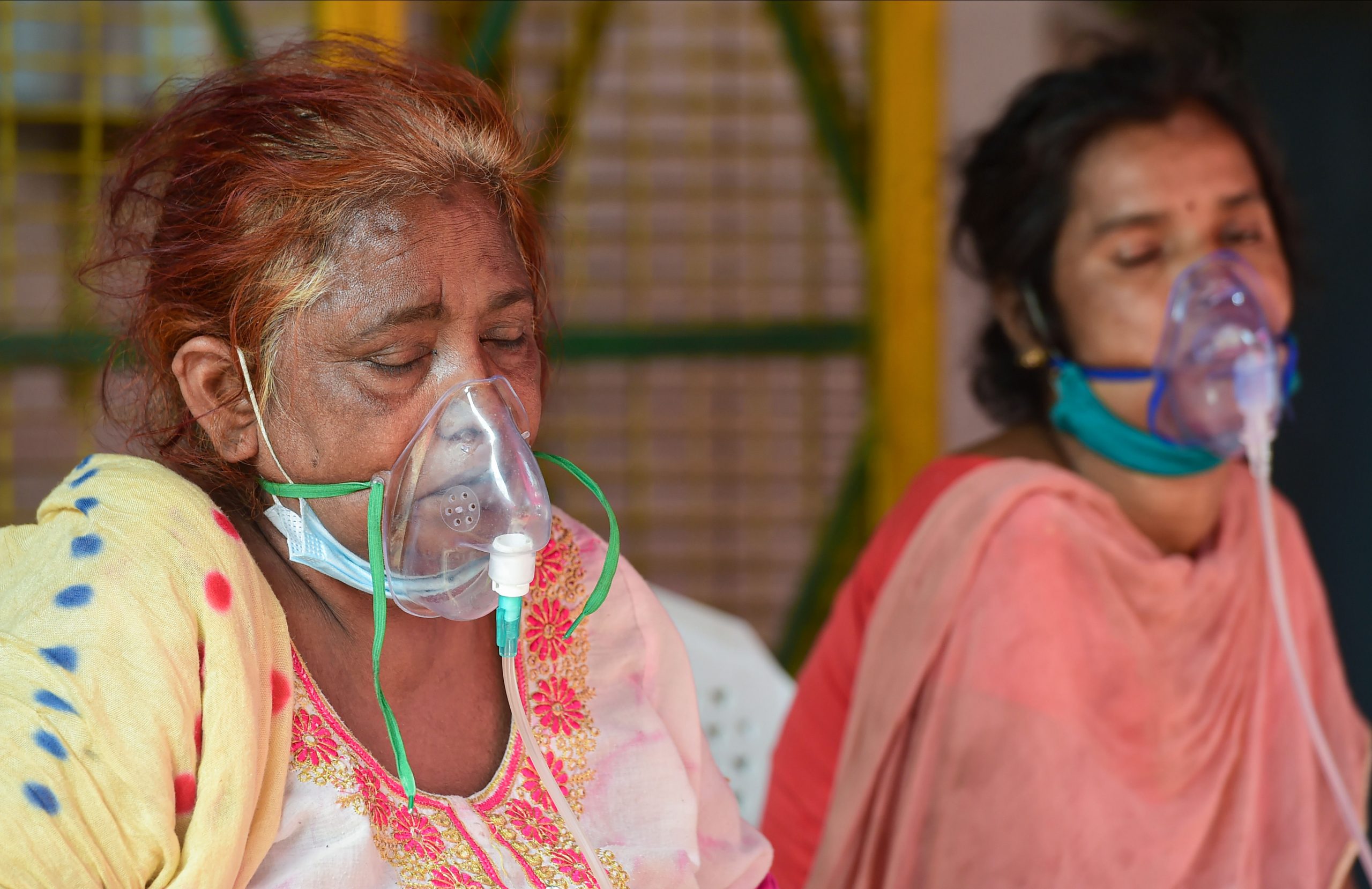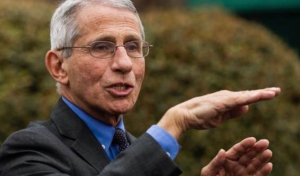Amid the second and more lethal wave of COVID-19, the number of cases in rural India has already quadrupled in comparison to the first wave. Notably, India is still waiting for the wave to reach the peak, which could happen in the coming days according to experts. The first wave peaked on September 16 last year with 90,123 in a day.
According to an Indian Express report citing Backward Region Grant Fund’s (BRGF’s) data, more than 3.9 million people have been infected in 243 districts as of May 5. This is four times the 950,000 cases at the peak of the first wave in September 2020. BRGF covers 272 primarily rural and relatively less developed districts in total.
Also read: Studies suggest COVID-19 is not just a lung disease, also causes blood clots
The toll of active coronavirus cases, as well as fatalities related to the disease, is also much higher during the current wave. With over 370,000 cases, the active caseload is more than double of what was in the first COVID wave.
Meanwhile, the districts together have recorded 36,523 COVID-related deaths, as of May 8, which is more than four times the number during the first peak in 2020.
Also read: With necessary precautions, 3rd COVID wave may not take place: Centre
However, with cases rising in almost every corner of the country, the percentage of total infections in these districts has remained almost exactly the same at 18.6%. Although the percentage of deaths has risen to 16% from last year’s 11.5%.
Nearly 54% of the 272 districts under BRGF belong to only five states: Bihar (38), Uttar Pradesh (35), Madhya Pradesh (30), Jharkhand (23) and Odisha (20).
As the rural districts mostly offer basic healthcare facilities to citizens, COVID patients from these regions head to their nearest big cities, increasing the burden on the already-stressed health infrastructure.







